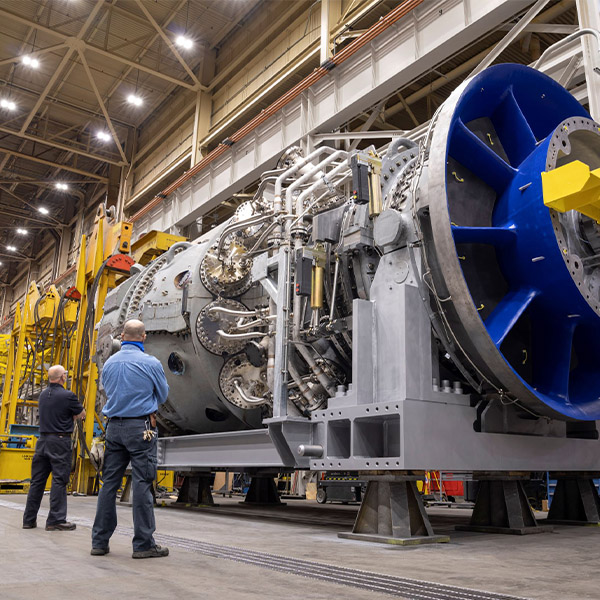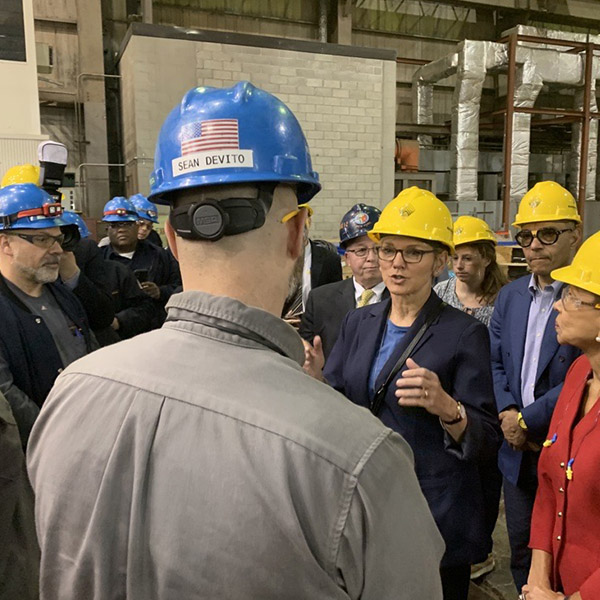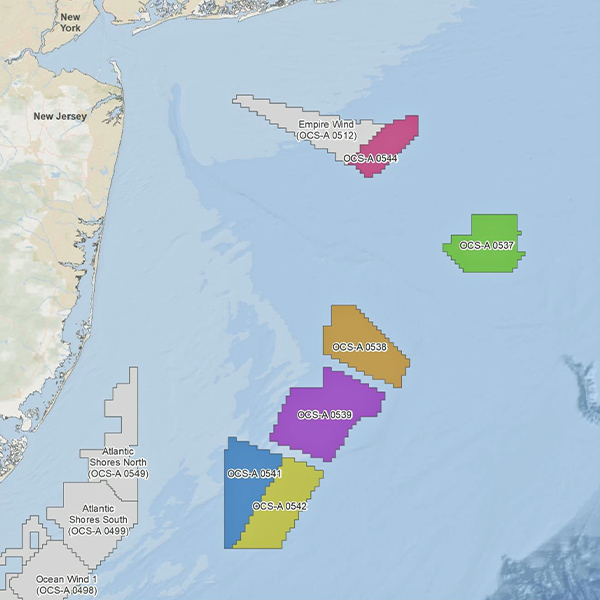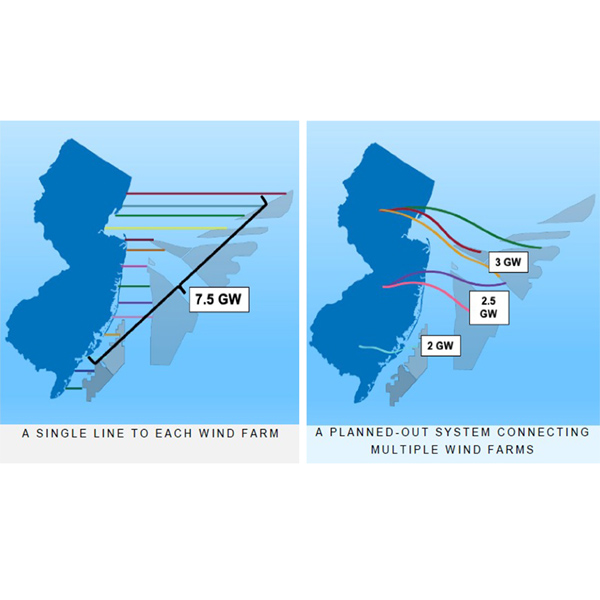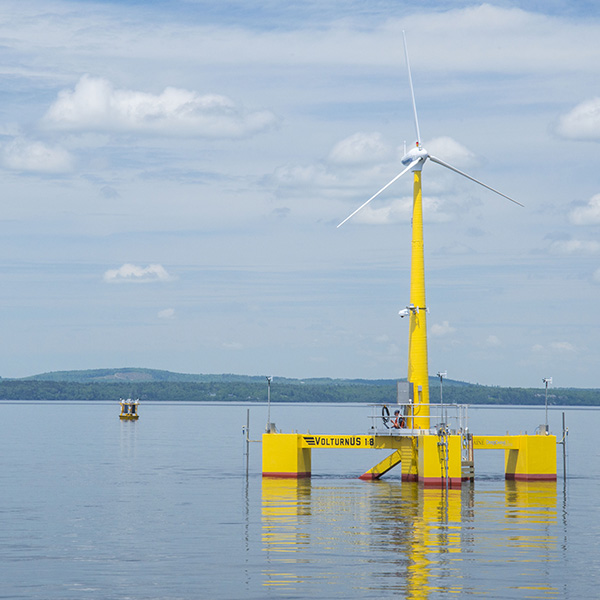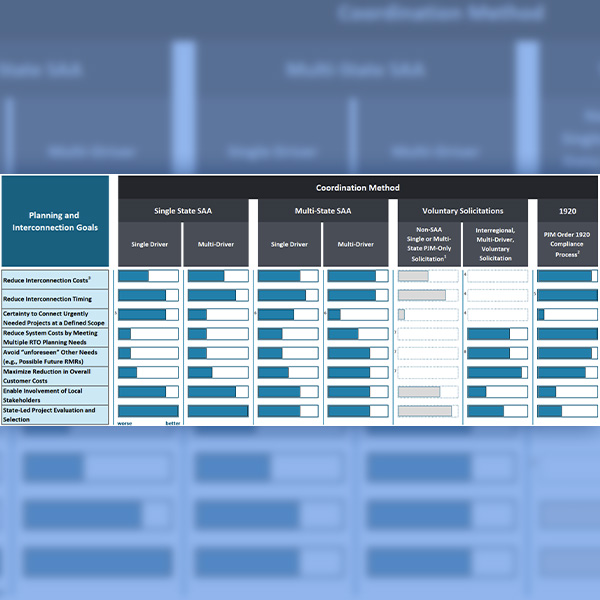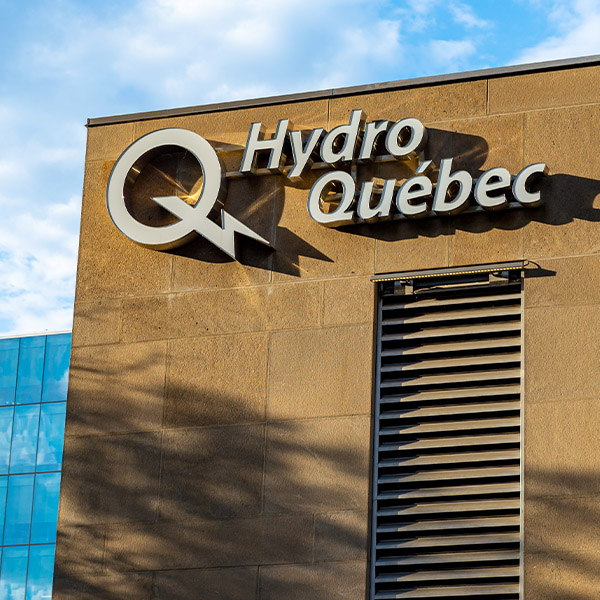Offshore Wind (OSW)
GE Vernova reported its onshore wind business had its best quarter in three years but its performance was canceled out by problems in its offshore wind business.
Barely three months after it was launched, New York’s fifth offshore wind solicitation has its first casualty.
The Bureau of Ocean Energy Management’s programmatic environmental impact statement looks at six wind lease areas covering nearly a half-million acres in the New York Bight.
States can reap long-term savings by upgrading their onshore grids and coordinating transmission development to serve multiple offshore wind projects, but they’ll also face higher upfront costs, supply chain challenges and ratepayer concerns, speakers at a New Jersey conference said.
The California Energy Commission is offering $43 million in grants to fund waterfront facility improvements to support the development and operation of floating offshore wind energy off the state’s coast.
FERC Order 1920 eventually may provide a structure for long-term, interregional transmission planning, but its anticipated yearslong implementation could mean states will have to lead in planning nearer-term transmission needs, according to a report from the American Council on Renewable Energy and The Brattle Group.
New Jersey’s offshore wind sector looks to take a key role in the East Coast turbine industry despite the closure of the state’s two most advanced projects.
Debating the impact of FERC's Rule 1920, Abe Silverman of Johns Hopkins told states to "codify, codify, codify" their energy policy goals and policies to ensure PJM has to take them into account in compliance.
Unlocking the full potential of Quebec hydropower to balance renewables through the Northeast will require major efforts to overcome barriers to transmission planning, according to speakers at a webinar led by the Acadia Center.
With data centers, electric vehicles and population growth, electricity demand in New Jersey could soar to 15,000 GWh in the coming years, state officials said at a public hearing on a new plan for connecting offshore wind projects to the grid.
Want more? Advanced Search
